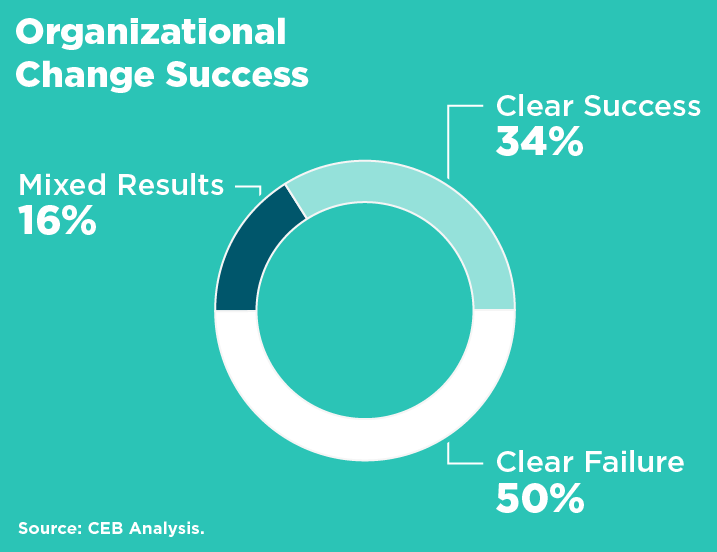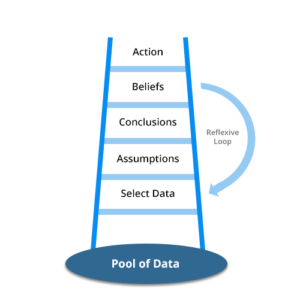
How to create innovative thinking
Amazon is coming to Australia.
Having already disrupted many traditional business strategies and models overseas, it is finally on our door step. I heard the other week that the Government is looking for legislative ways to challenge the impact of Amazon on the Australian economy.
But are preventative measures such as more bureaucracy, rules and regulations the effective way forward? Can we do something different?
What if we apply innovative thinking?
Sounds great but how do we do that?
Innovation, agility, flexibility are common words spoken in business with many using these words in their values statements. There is no doubt that they are highly sort after attributes. Innovative thinking is synonymous with invention, technology, and development, so why do so few people in the workplace display it despite businesses relying on it to successfully navigate the fast paced business environment?
And further,if innovation is so critical, why has research shown that businesses are one to two decades behind when it comes to adapting to new technology and new ways to connect with people. It doesn’t indicate a lot of innovation or agility is happening on the ground.
For example let’s have a look at how much a company invests in its IT/Technology. This is just one area where innovation and agility can happen.
Recent research has found that where Amazon invests close to 12% of its sales per year into R&D and innovation, the average retail business spends about 1.5-3%. Research and Advisory firm IHL Group calculated that in order to catch up to the rate of change that Amazon creates, businesses would need to increase their IT/Technology/R&D budgets up to 230% per year (current increase is around 4.7%).
There is genuine concern that some businesses may be so far behind in their investment into technology and innovation that the costs of making the changes now are close to inhibitive.
But not all is lost.
There is often money to be found in businesses that could fund programs to boost innovative thinking. Substantial amounts of money is wasted in the debilitating layers of approval required for innovations or other urgent decisions and in manual processes that could be done better, faster, and cheaper using automation.
It just needs a senior team to make it a priority to change the way the business operates. Because when a company allows the blockages and barriers to persist, it looks like it cares more about protecting what exists rather than focusing on what is needed.
The good news is that innovative thinking is a function of the brain and not the size of the investment. More so, it is a hardwired capability that every human possesses. Humans have a well developed prefrontal cortex to do exactly that. It allows us to work together to create new possibilities, learn valuable lessons from the failures & mistakes that happen, and to challenge and experiment. Our prefrontal cortex allows us to visualise a future and then put in place a map/strategy to get there. Pretty neat.
No other animal has this functionality.
Unfortunately this part of the brain will only function well when we feel trust and a sense of belonging. In fact no amount of money invested will make a significant difference if the environment/culture in which people work does not promote and encourage trust and relationship building. For a company to produce innovative thinkers, the senior leaders must enable and empower every employee to make a difference.
Sounds easy?
Probably not. But it will be an exciting journey that transforms the company.
It will also be the mark of a great leader who achieves it.
Referring to brain science, it has been found that when the brain picks up signals that indicate a threat, it prepares the body to respond. We know it as our fight or flight response. It is an automatic response and something the brain does really well: protecting us from harm. When it senses a threat, the brain releases cortisol which shuts down the parts of the body and the brain that are not needed so it can focus all the body’s energy in a fight or flight response. The prefrontal cortex is one such part that is shut down.
So if the working environment triggers us to feel distrust, threat, &/or insecurity science now provides the evidence that our higher order brain functionality is severely impacted. It means our ability to be innovative and work well with others do not just happen; that is something that we should be capable of regardless. If the culture of the organisation is not healthy, people will not be able to operate at their optimum levels. Unless leaders realise this and understand it, words such as innovation, agility and collaboration will be just words.
How do you create innovative thinkers?
First you start by removing the fears, threats, and elements of distrust. You do this by asking your people to share how they feel, what they are concerned about, what their aspirations are. Then you listen to their responses and reflect back what they are sharing with you. By doing this you start to build the very basics of trust. Trust operates out of the prefrontal cortex and so when people start feeling trust, they are opening up their higher level brain functioning.
Next you need to build on this trust. You do this by becoming open and transparent. Expressing and sharing your own fears and concerns is a great way to start bonding and connecting with others. Make sure that in any conversation you hold you limit yourself to less than 25% of the input. Challenge yourself to only ask questions (until such a time when it just becomes silly) and ask permission to share an opinion or a view point. Allow the conversation to belong to the other person.
Once you have their trust and you have created an open space for the conversation, you really want them to start activating their prefrontal cortex. Try asking for their suggestions for a solution, a way forward, or an opportunity that they see to get them thinking innovatively. Start sharing what you have learned from similar situations and soon enough you will feel that you are genuinely working together and co-creating an outcome.
This is not about making someone feel good about themselves. This is brain chemistry in action. By performing these steps you will firstly quell the brain’s urge to fire off threat responses. When you make them feel safe and trusted you will encourage the person to activate their prefrontal cortex. Your open questions will then start to create new neural networks that will be mirrored in each of your brains. This is when innovative thinking occurs. Tt is when people connect and want to work together to co-create something. It is what companies like Amazon, Google, and Apple achieve with their people and their histories shows it creates amazing growth and success.
Is your company ready for some innovative thinking?
It starts by building trust and relationships
It isn’t rocket science.
It is brain science.
If you would like to read the article that inspired this blog click here.
If you want to learn more about how to create innovative thinking in your company please visit my website.







